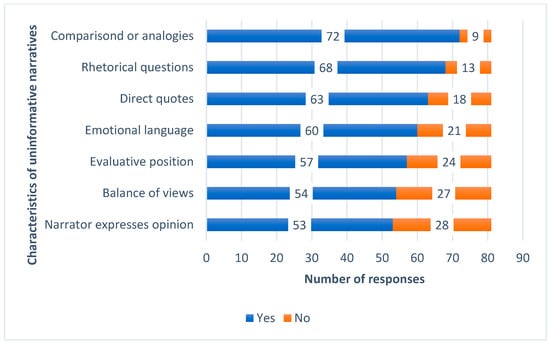-
 An Analysis of Online Newspaper Framing of the COVID-19 Vaccine Rollout in Nigeria
An Analysis of Online Newspaper Framing of the COVID-19 Vaccine Rollout in Nigeria -
 The Role of Journalistic Background and Digital Content Creation Experience in Perceived Information Literacy: A Global Study of Content Creators
The Role of Journalistic Background and Digital Content Creation Experience in Perceived Information Literacy: A Global Study of Content Creators -
 The Aesthetics of Algorithmic Disinformation: Dewey, Critical Theory, and the Crisis of Public Experience
The Aesthetics of Algorithmic Disinformation: Dewey, Critical Theory, and the Crisis of Public Experience -
 Local Voices, Global Circulation: Women’s Agency, Sorority and Glocalisation in K-Pop Demon Hunters
Local Voices, Global Circulation: Women’s Agency, Sorority and Glocalisation in K-Pop Demon Hunters
Journal Description
Journalism and Media
- Open Access— free for readers, with article processing charges (APC) paid by authors or their institutions.
- High Visibility: indexed within ESCI (Web of Science), Scopus and other databases.
- Rapid Publication: manuscripts are peer-reviewed and a first decision is provided to authors approximately 29.2 days after submission; acceptance to publication is undertaken in 4.9 days (median values for papers published in this journal in the first half of 2025).
- Journal Rank: JCR - Q2 (Communication) / CiteScore - Q1 (Linguistics and Language)
- Recognition of Reviewers: APC discount vouchers, optional signed peer review, and reviewer names are published annually in the journal.
Latest Articles
E-Mail Alert
News
Topics
Deadline: 31 October 2027
Conferences
Special Issues
Deadline: 31 December 2025
Deadline: 12 January 2026
Deadline: 30 January 2026
Deadline: 28 February 2026























